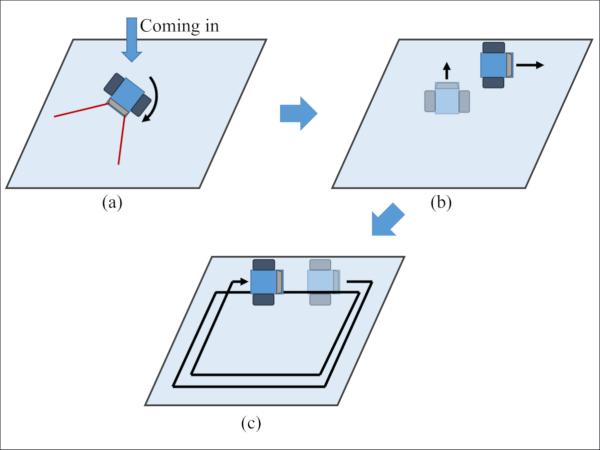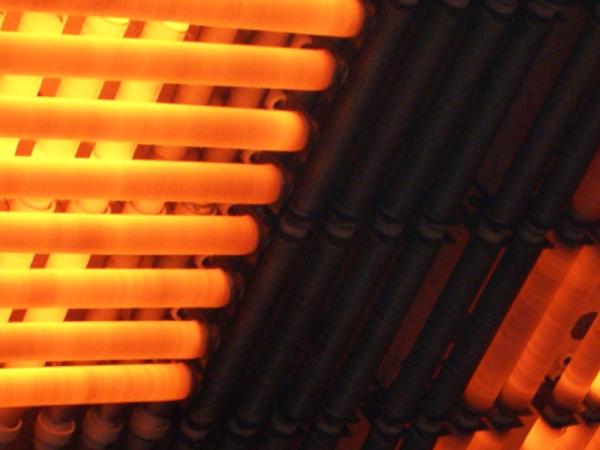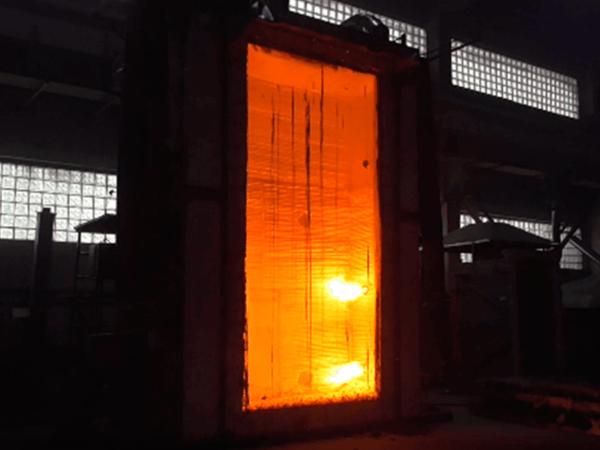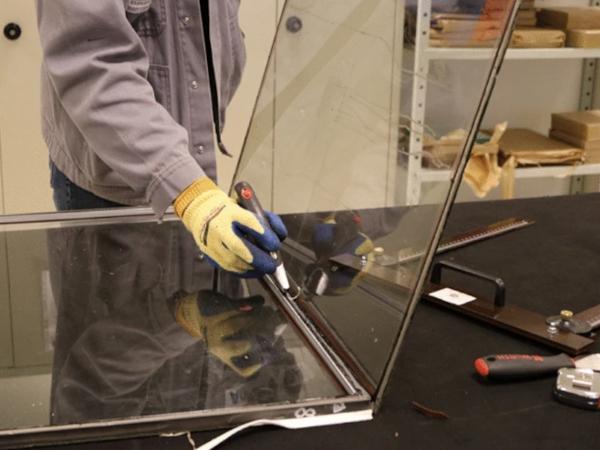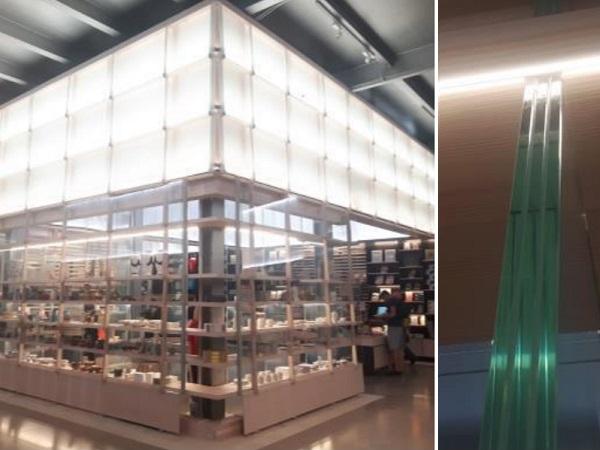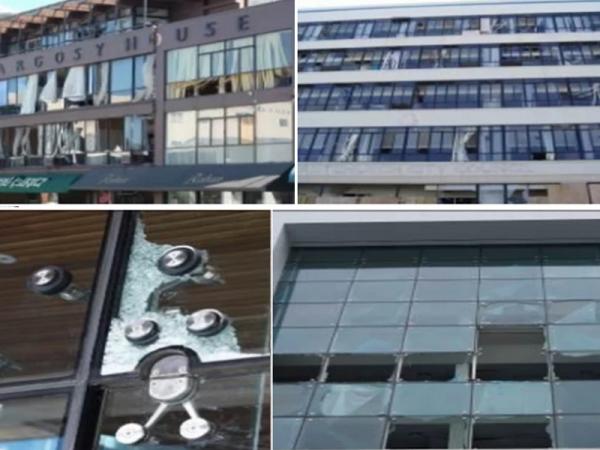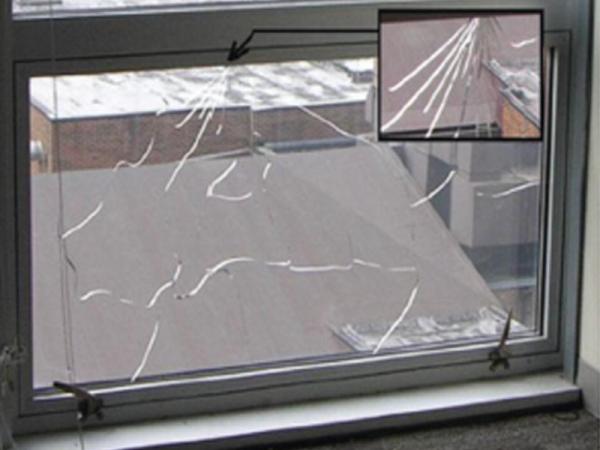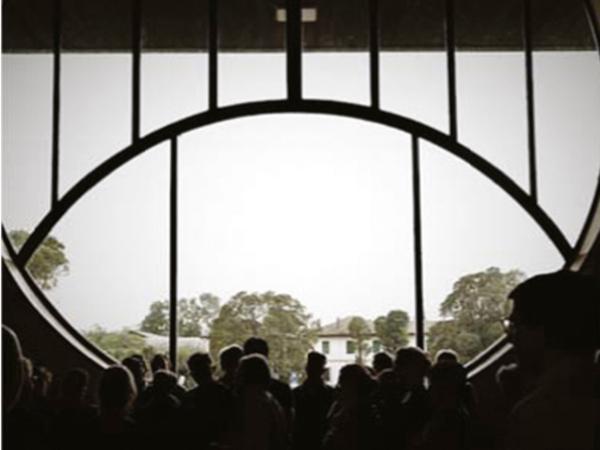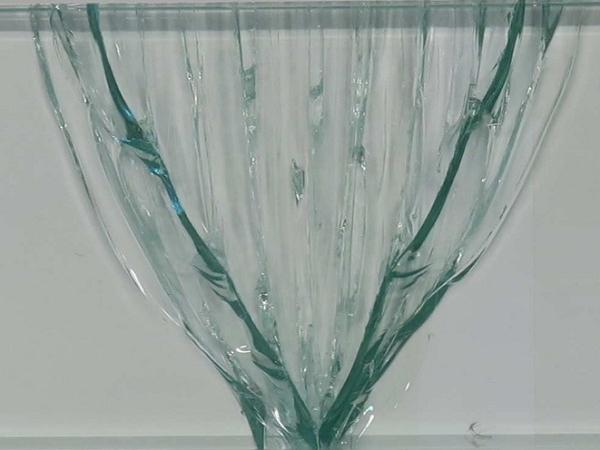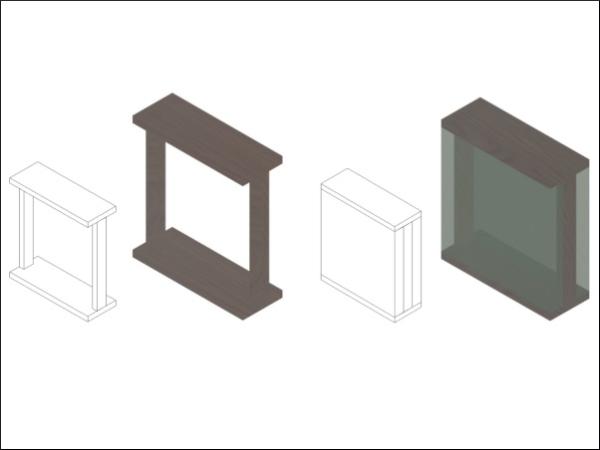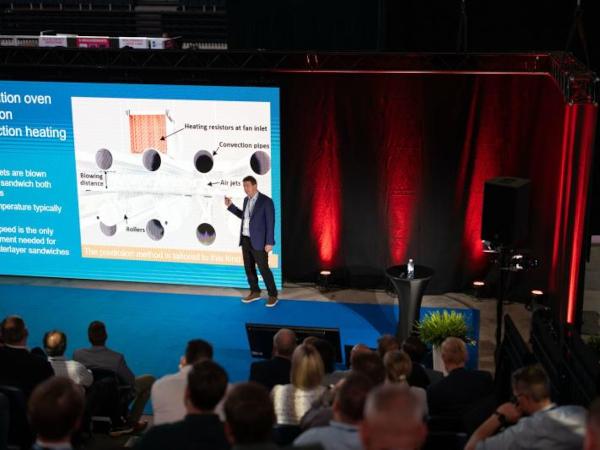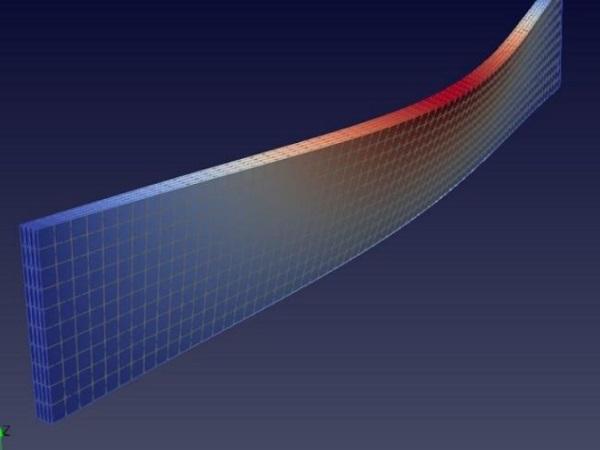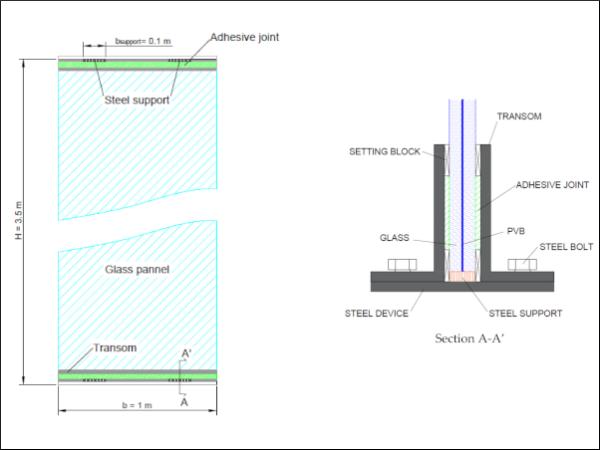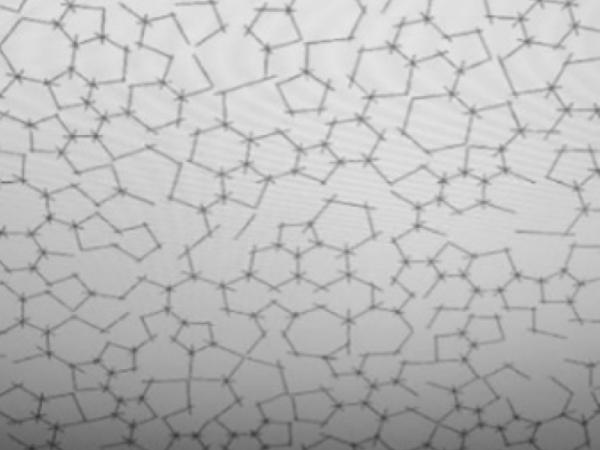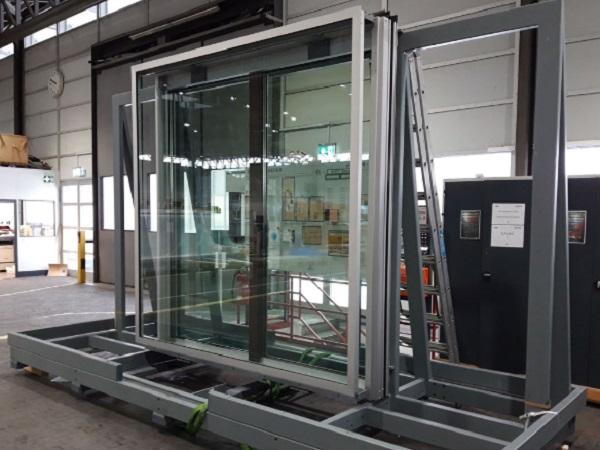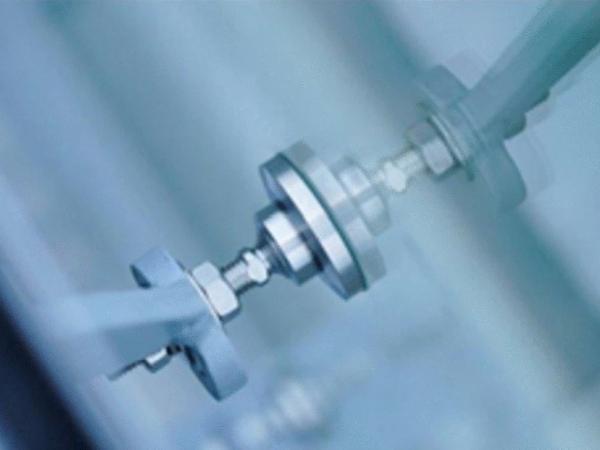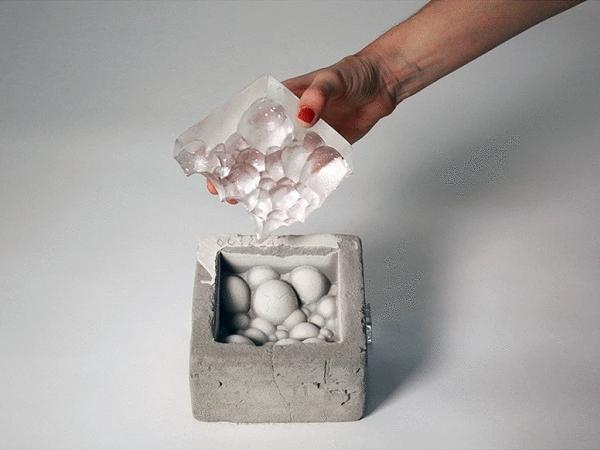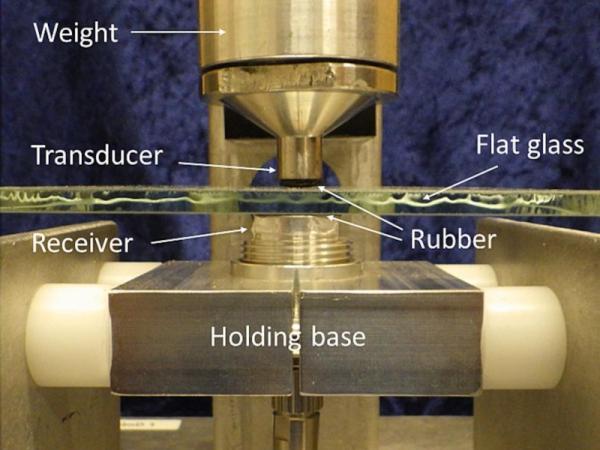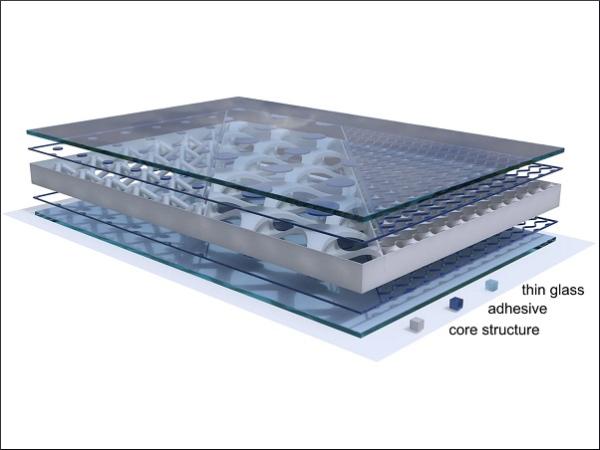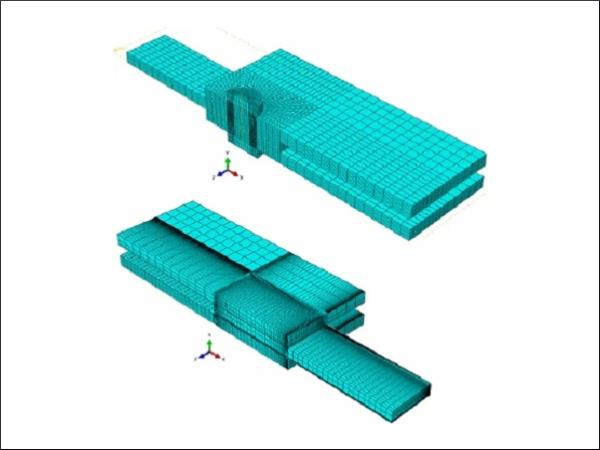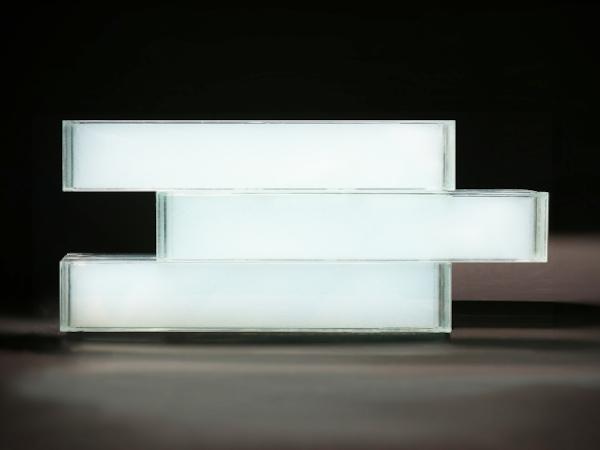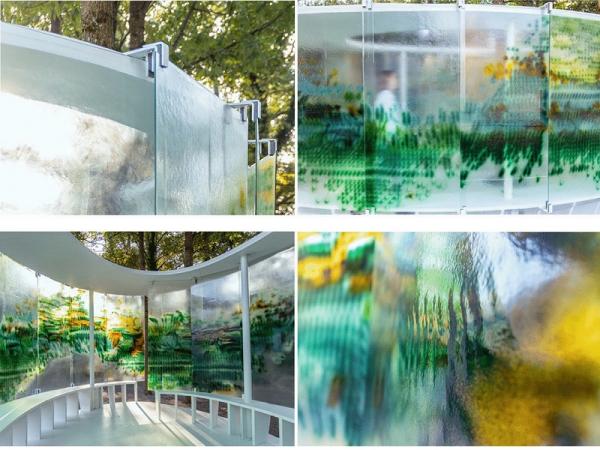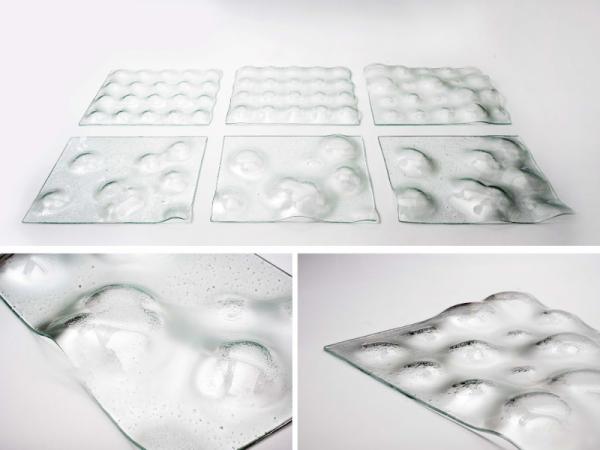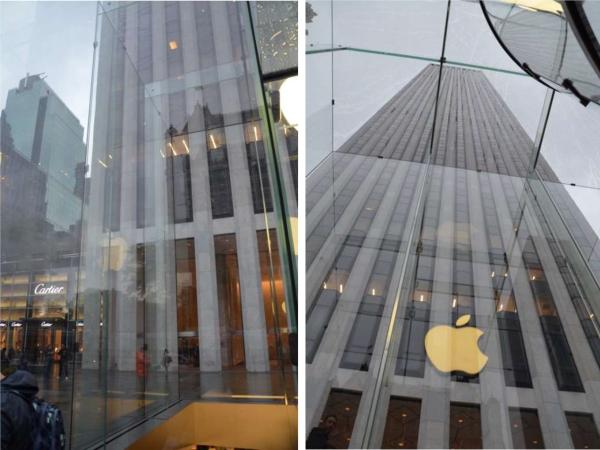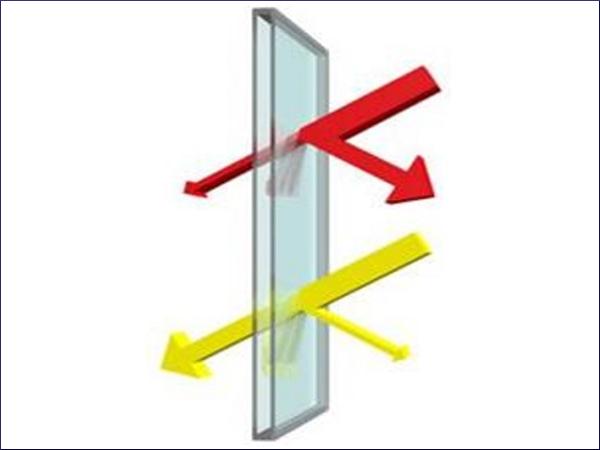Others also read
| This paper presents an approach to the estimation of a window shape for increasing the adaptability of glass façade-cleaning robots to different buildings.
| In this article, Mika gives our readers some expert advice on improving energy efficiency in safety glass manufacturing.
The Effects of the Large-Scale Factor on the Integrity Parameters of Monolithic Fire-Resistant Glass
| Glass structures are subject to high fire safety requirements. Two methods are employed in this work: experimental studies of small-sized and large-sized samples and simulations of heating glass structures.
| This study explored the prospect of reusing post-consumer architectural flat glass panes for remanufacturing in insulating glass units.
| This study describes what to our knowledge is the first full scale fire resistance tests of Timber-Glass composites beams.
| This paper aims to assess the seismic performance of glazed facade systems, widely adopted in modern buildings, focusing on point fixed glass facade systems (PFGFSs), also referred to as “spider glazing”.
| A review of experimental research and main influencing parameters
| In this paper, the attention is given to a glass facade built in 1962 and currently subjected to accidental bird-strike.
| The research paper gives an idea and compares the structural behaviour and fracture pattern and evaluates laminated glass samples with PVB, Ionoplast and EVA interlayers.
| This paper reports on the spectrophotometric characterization of glazings transmittance for the study of components of a modular façade system and its suitability for the climate of Portugal.
| The latest Glastory blog presents how to overcome interlayer temperature hurdles in laminated glass processing with the prediction method. More of the presentation by Mikko Rantala at GPD 2023.
| This article proposes a methodology for the structural design of multi-layered glass beams considering lateral-torsional buckling.
| Given the growing spread of glass as a construction material, the knowledge of structural response must be ensured, especially under dynamic accidental loads.
| The thermal rupture behavior of the frame-supported float glass subjected to thermal loading is carefully examined using a self-built experimental system.
| The idea was realized in a collaborative research effort of TU Berlin, BTU Cottbus-Senftenberg and Josef Gartner GmbH that resulted in a full-scale mock-up of a Double‑Skin Facade.
| This study investigates the structural behavior of adhesive bonds of glass and metal using thin, structural silicones in heavily constrained applications.
| The presented research investigates a digital fabrication method for custom glass building elements based on three-dimensionally (3D) printed molds.
| The present paper describes a method for non-destructive testing of the glass strength.
| The current paper explores how digital techniques can be used in the design and manufacturing of an innovative composite façade panel consisting of an additively manufactured polymer core and adhesively bonded thin glass outer sheets.
| This paper investigates the use of bolted and brittle/ductile adhesive connections in glass structures.
| New translucent, structural and modular façade component.
| This research investigates robotically fabricated polychromatic float glass for architectural applications.
| The objective of this research is to facilitate a waste-free fabrication of doubly curved glass elements and a facile, fast, low-cost mold-making process for the hot bending of glass.
| This paper presents the results of an original test series carried out on monolithic glass panes with the dimensions of 500 × 500 mm2 and different thicknesses, under the exposure to radiant heating.
| It is hypothesized that the usage of smart glass in the building envelope can provide optimum solutions to adapt buildings to the variable climatic and environmental characteristics.

